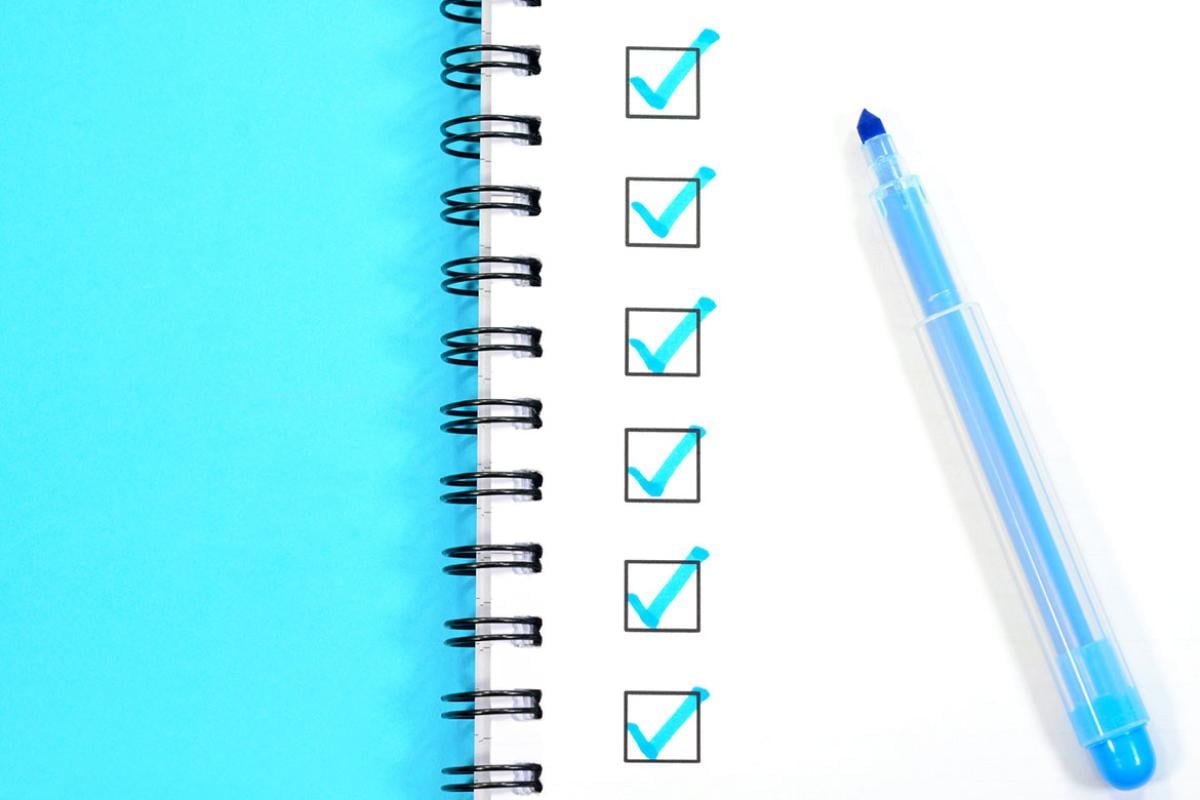After Match Day, the next big day for many medical students is when they get that first loan repayment bill. How well do you know student loans?
Test your knowledge about medical education financing with the following questions.
- True or false: The interest accrued on your loans during medical school is added to your balance at the end of those four years? True—this is called capitalization. For more information on how interest is calculated and what fees are associated with your federal loan, visit the Federal Student Aid website.
- Do you know the interest rates on most federal medical student loans? 6.21 percent direct unsubsidized, 7.21 percent direct plus (though it’s different if your loans were disbursed on or after 7/1/13 and before 7/1/14 – make sure you know your interest rate.)
- Can you name a program that allows physicians to pay down their loans in exchange for service? Through The National Health Service Corps Loan Repayment Program (NHSC) you can receive up to $50,000 in loan repayment in exchange for at least two years of service in a Health Profession Shortage Area (HPSA). NHSC isn’t your only option though. There are a lot of programs, with different eligibility criteria. If you’re looking for a program that might be right for you, a good place to start is with AAMC’s Loan Repayment/Forgiveness and Scholarship Program Database. Or you can learn about federal repayment plan options from Standard Repayment, to Extended Repayment, to Pay As You Earn; you have plenty of options.
- What is one way to become eligible for loan forgiveness? Learn all about the Public Service Loan Forgiveness program. After 10 years of public service you can become eligible.
- True or false: You can choose a repayment plan based on your income? True! One of the federal loan payment options is called “Income-Based Repayment” where your monthly payment is based on your annual income. As your income increases or decreases, so do your payments. This payment amount is generally capped at 15% of your discretionary income. All these program options are out there, but how do you decide what’s right for you? If you have federal loans, you can try the U.S. Department of Education’s repayment estimator. You’ll need to log in, but from there it will pull all your federal loan data and show you personalized plan options.
- Say you’ve got $180,000 in student loans at an interest rate of 9.05 percent. How much interest will you accrue on a 10-year repayment plan? $163,000.
- What’s the difference between deferment and forbearance? Deferment means that your loan repayment is temporarily delayed, and the government pays for the interest that accrues during this time. Forbearance means that the lender grants permission to stop making payments for up to 12 months. However, interest continues to accrue, and you end up paying more on your loan than originally required. In the long run, deferment is the cheaper and better option. To learn more about deferment and forbearance, check out the U.S. Department of Education’s website for more information, including how you find out if you qualify, and how to request a forbearance.
Read more about the Match at AMA Wire®.



